Daijiworld Media Network - Udupi
Udupi, Nov 19: A recently discovered rock complex within the Karnataka Industrial Area limits on the Karkala Road in Padubidri, Udupi, has brought to light an extraordinary chapter of the Shaiva–Shakta tradition of Tulu Nadu. Evidence suggests that the site was once a centre of worship dedicated to Kalabhairava and Tuluvaeshwari.
A natural rock shelter by the roadside contains a carved image of Kalabhairava along with a very small Shakti-linga believed to have been worshipped by sages. Locals say that even today, practitioners of the Nath tradition visit the spot for meditation, and the place is traditionally regarded as where Kalabhairava worshipped his mother, Parashakti Tuluvaeshwari.
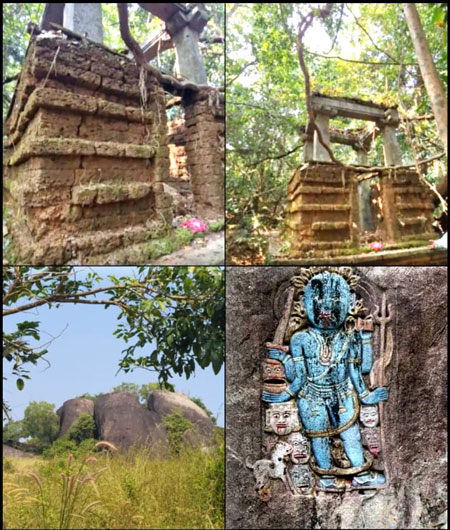
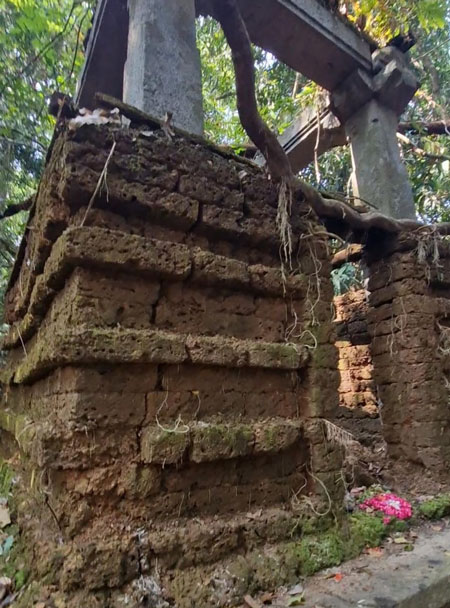

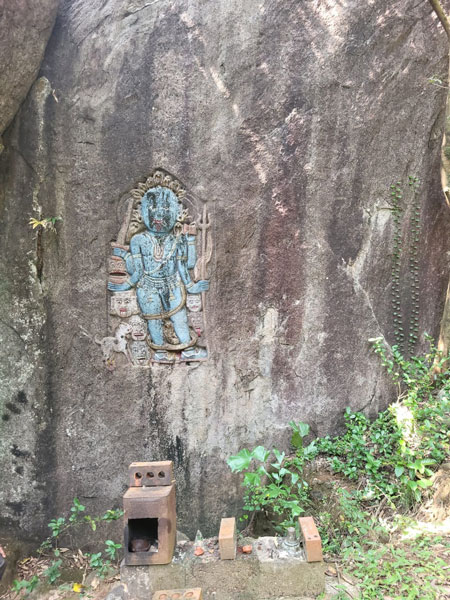

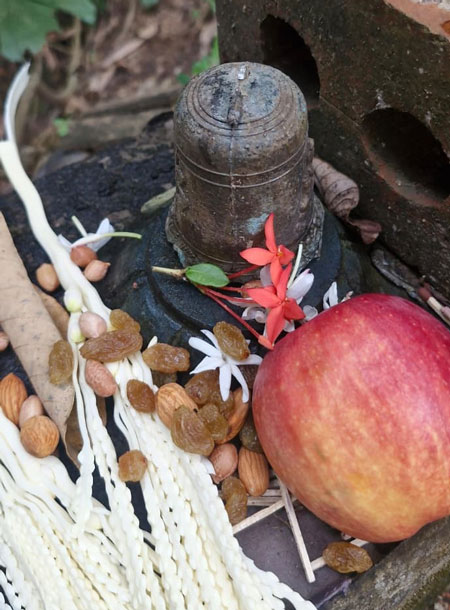
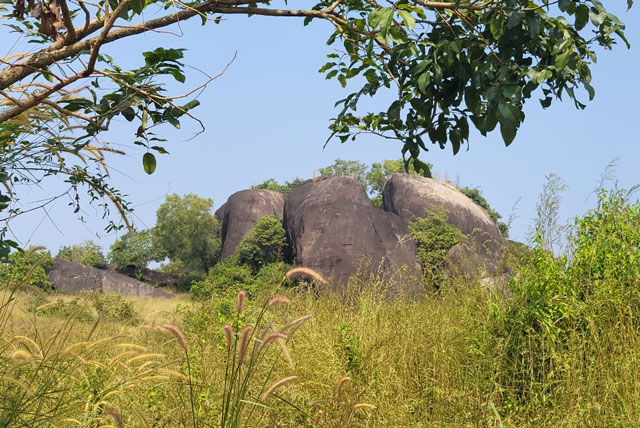
The information was shared with TuluWorld Foundation by Krishnamurthy Bhat Padebettu. He said that the worship of Tuluvaeshwari had been practised for generations in Padebettu but later declined due to several reasons. The idol of Tuluveshwari — depicted holding a sword and shield — that was once worshipped there is now being worshipped as Khadgeshwari at the Kadubettu Shaneshwara Abba Daarga in Udupi.
According to tradition, worship, rituals and practices dedicated to Tuluveshwari existed across many regions. Over time, these forms evolved into various local deities such as Khadgeshwari, Padmavati, Adi Parashakti, Vyaghrachamundi, Chamundeshwari, Rakteshwari, Durgaparameshwari and Annapurneshwari. He also noted that a temple dedicated to Tuluveshwari existed until recently at Nancharu near Kokkarnne, but over the past few decades it has been renamed as Khadgeshwari.
Padubidri was historically known as Madhya and is home to the samadhis of Cherusoppe Channabairavi Devi and Padmalatambika Devi (Potti). The place is called Chennapotti after these two queens. The samadhi of their guru, Suvruta Muni, also stands in Padubidri, along with the related basadi. References to these are found in copper plates, adding to the site’s importance.
Historical accounts indicate that this region, known as Panduraya Brahmasthana (Pandya region), housed ancient aalade structures and Tulu Nadu kalari training centres. These ancient remnants still stand as silent witnesses near the Konkan Railway line. There is also a possibility of finding close links to the Basruru Tuluveshwari shrine. However, the neglect shown by the archaeology department at a time when Tulu Nadu’s heritage is rapidly fading has caused deep disappointment.
Local administrative bodies have been urged to take immediate note. TuluWorld has stated that Padubidri could become a major centre for the study of ancient Tulu Nadu worship traditions, culture, literature and Shaiva–Shakta heritage. The foundation has therefore decided to initiate steps to establish a research and study centre in the region, along with efforts to revive the neglected religious and cultural heritage. Work has begun to seek the cooperation of local residents.